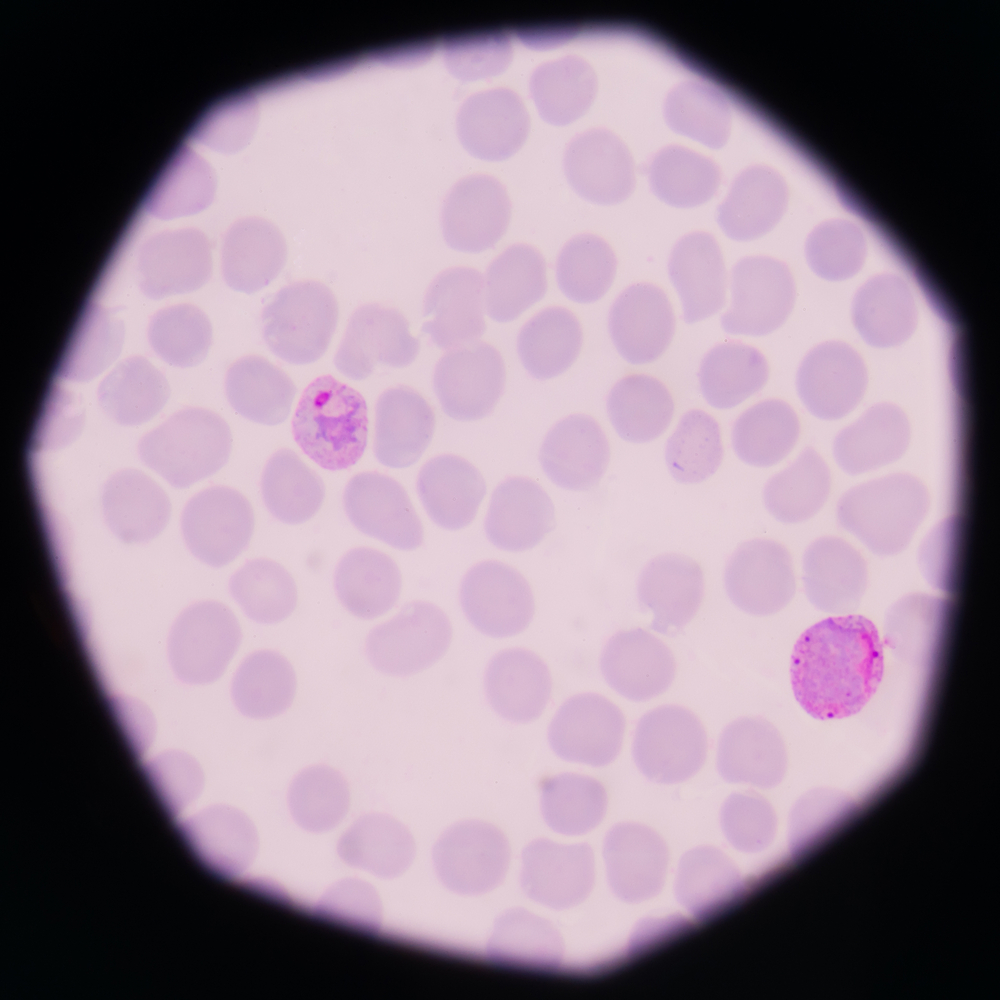
After 20 years, scientists from the Wellcome Sanger Institute have identified how a surface protein of malaria — TRAP — interacts with proteins on the surface of human cells, offering a new vaccine target.
The human surface protein in question is a receptor known as an integrin. In their research, scientists determined that protein may act as a sort of way sign for the parasitic TRAP, leading it toward the liver, where malaria festers.
“For the first time, we’ve found a human receptor for the high-priority malaria vaccine target, TRAP,” Dr. Kirsten Dundas, first author from the Wellcome Sanger Institute, said. “The TRAP protein on the surface of malaria parasites has been studied for the last 20 years, but a major unanswered question was how it interacted with human cells. Disrupting this interaction could be a key strategy for blocking malaria parasites’ journey through human tissues to prevent infection.”
According to the lead author, Dr. Gavin Wright, this discovery provides an important first clue for mapping guidance cues that the malaria parasite has to use to go from bloodstream to liver, thus opening the door to some form of disruption. Until now, the cues that allowed malaria parasites to actually reach the liver have remained unclear, leaving it difficult to disrupt their advance.
The results of the study were published in PNAS.




